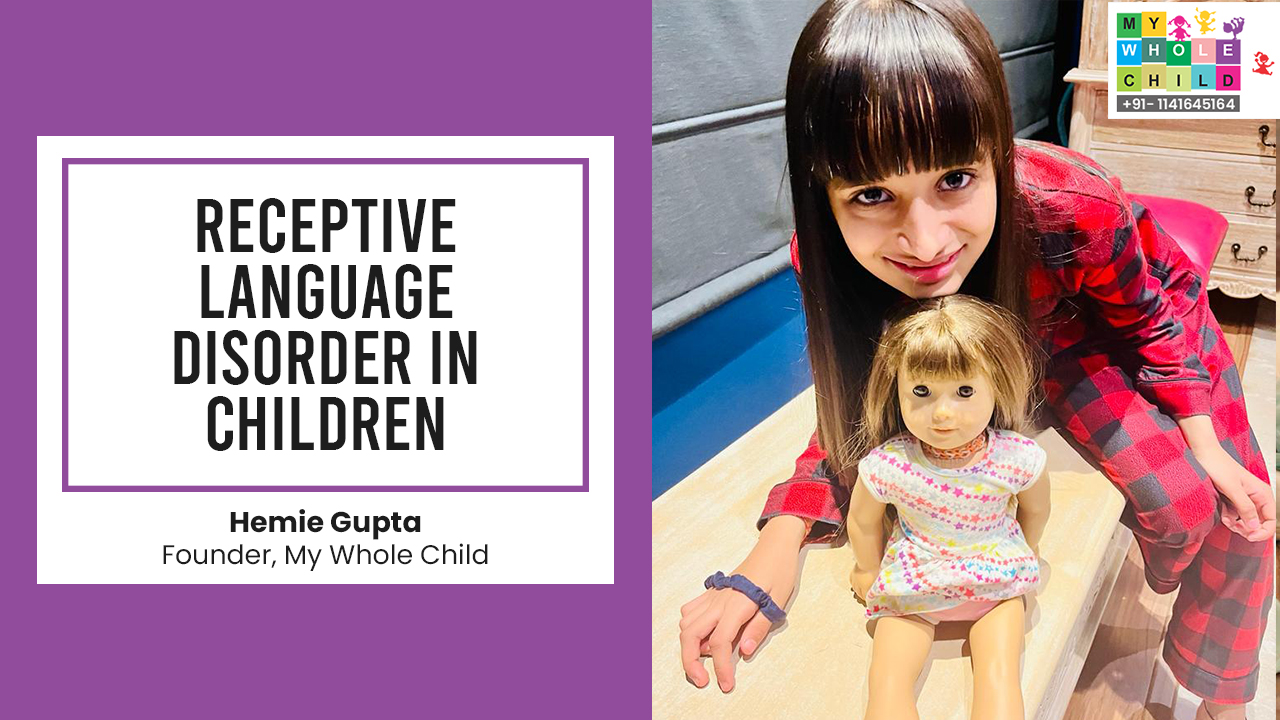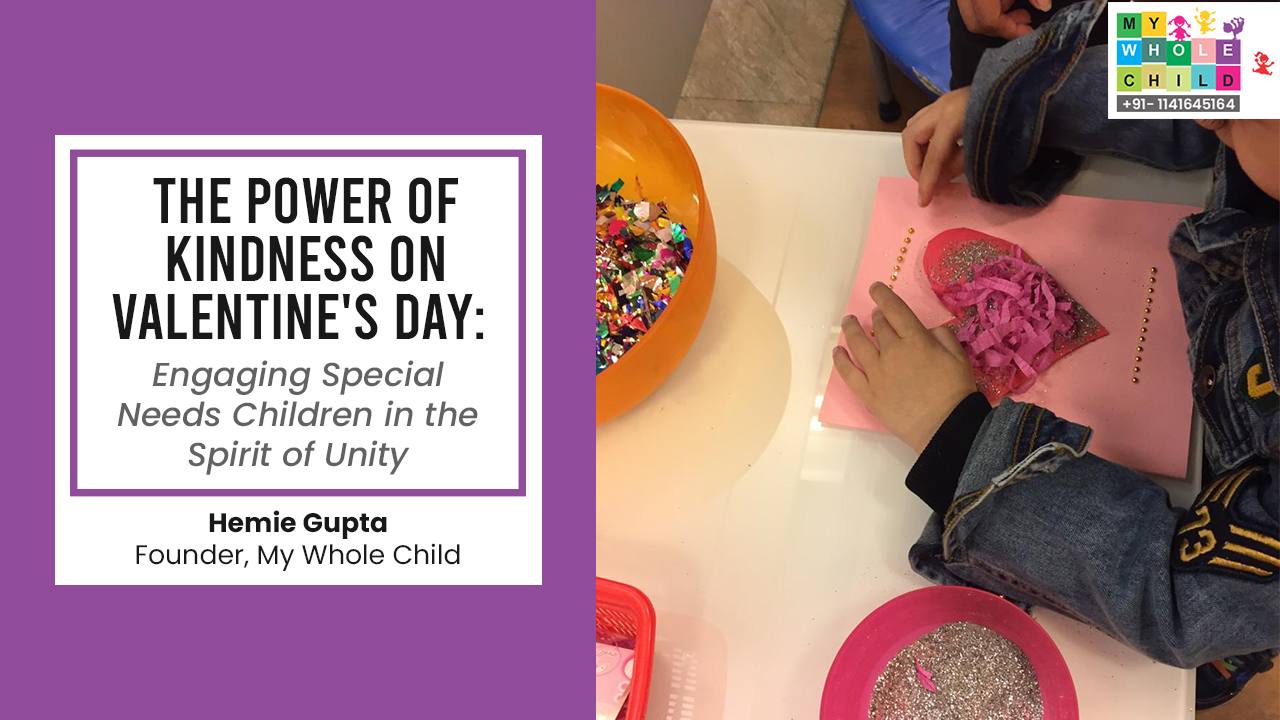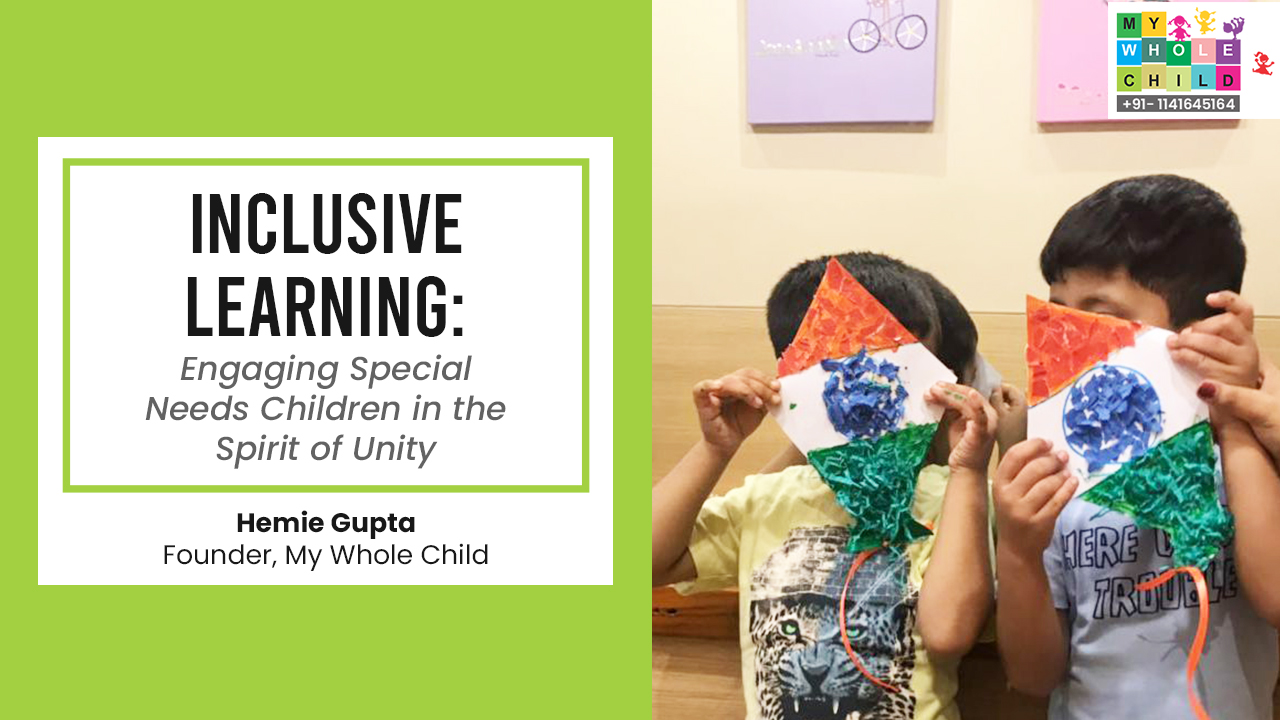mwcgk2@gmail.com S-Block, Gurudwara Nanaksar Premises, Greater Kailash-II, New Delhi-48
Receptive language disorder in children
admin - November 11, 2024
Receptive Language Disorder is a neurodevelopmental condition that affects a child’s ability to understand and process spoken language. Every child develops at their own pace, but RLD becomes apparent when there is a significant delay in a child’s understanding of words, sentences, and instructions, despite normal hearing abilities. Children with RLD may struggle to comprehend verbal communication, follow directions, or respond appropriately to questions.
Why does early intervention matter?
Identifying and addressing RLD at an early stage is crucial for optimal language development. When left untreated, RLD can have far-reaching consequences on a child’s academic, social, and emotional well-being. Difficulties in understanding and processing language may lead to frustration, low self-esteem, and poor performance in school. By recognizing the signs and seeking professional help, parents can significantly improve their child’s outcomes and empower them to overcome these challenges.
Here are some common symptoms to look out for, as identifying the problem is the first step-
Trouble following directions or understanding simple instructions.
Smaller vocabulary than other kids their age.
Confusion or giving the wrong answers to questions.
Difficulty understanding stories or conversations.
Needing things to be repeated or explained more often.
Finding it hard to listen or pay attention during conversations.
Struggling to express thoughts or ideas clearly.
How to support your child better-
As a parent, your love and support play a vital role in helping your child overcome the challenges associated with Receptive Language Disorder. Here are some strategies that can assist you in supporting your child’s language development:
Surround your child with lots of words -Make their environment language-rich by having conversations, reading books aloud, and exposing them to different words. The more they hear and engage with language, the better it is for their development.
Show and tell: Use visual aids and gestures alongside your words. For example, you can point to objects or use simple hand gestures to help your child understand what you’re saying. Visual cues provide extra context and make it easier for them to grasp the meaning.
Take it step by step- When giving instructions, break them down into smaller, easy-to-understand steps. This approach helps your child process the information more effectively. By simplifying directions, you increase their chances of following through successfully
Receptive Language Disorder can present challenges for both you and your child, but with understanding, support, and early intervention, and professional help your child can easily overcome these obstacles and thrive and have a successful future. You should always remember that every child is unique and everyone has a different journey!
Latest Posts

Embracing Uniqueness: A Journey of Love and Learning
March 22, 2025
Bringing Color to Every Life: Holi as a Festival of Unity
March 14, 2025
Being a Woman—I am a lot of things together
March 8, 2025

